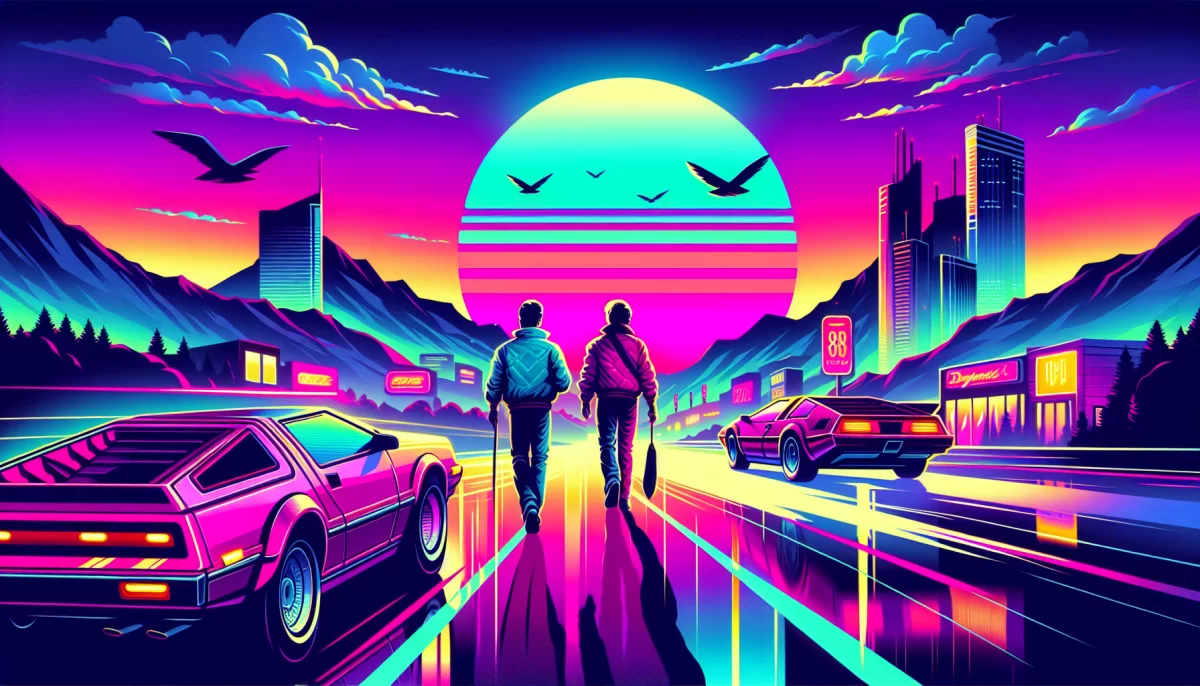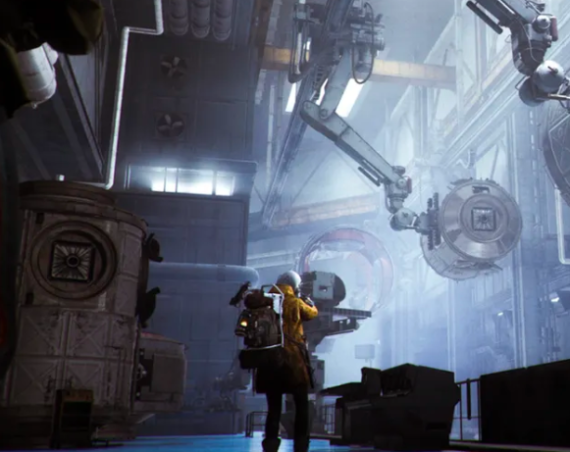
Hideo Kojima Clarifies Death Stranding 2 Development Approach
Before the release of Death Stranding 2: On the Beach, co-composer Woodkid shared that director Hideo Kojima had made the game “weirder” in response to early player feedback suggesting the game was “too good.” Contrary to this popular theory, Kojima has recently clarified that this was a misunderstanding of the development process.
Focus on Playability Over Deliberate Weirdness
In a detailed interview with The Washington Post, Kojima explained that he never intentionally made the sequel weirder, but rather aimed to make it “more playable and fun.” This statement refutes notions that Kojima altered the game to be more eccentric due to initial feedback.
“The nuance of what Woodkid said didn’t really go through,” Kojima said. “I didn’t really deliberately make [Death Stranding 2] weird or anything – that’s just a side effect of, well, this being a Hideo Kojima game.” He elaborated that his goal was to create a game that isn’t easily digestible, ensuring the experience would linger with players long after completion. “Something that is not digestible stays in that person for a long time. So that’s what I meant by, ‘I want to do things differently.'”
Adjustments Based on Player Feedback
Kojima further revealed that following focus testing, the development team made adjustments to the game to enhance its playability and entertainment value. This corresponds with recent trends in game development where player feedback during testing phases significantly shapes the final product. Rather than introducing deliberate oddities, Kojima focused on polishing the gameplay experience based on real user data.
Key Highlights of Death Stranding 2 Development:
- Focus Testing Insights: Adjustments were made post-testing to improve gameplay and fun, not to make the game weird.
- Creative Vision: Kojima aims for games that leave a lasting impression by avoiding overly digestible content.
- Player Experience: Enhancing playability was prioritized to engage players longer and deepen immersion.
Industry Context: Playability and Player-Centric Design
The emphasis on enhanced playability aligns with industry-wide shifts. According to the 2024 Game Developers Conference report, 78% of AAA studios implement player feedback loops during development to refine gameplay features (GDC, 2024). This practice is seen to increase player retention by up to 25% (NPD Group, 2023).
Kojima Productions is no stranger to integrating innovative technology and feedback. Previous titles like Metal Gear Solid V demonstrated pioneering efforts in player-focused design and dynamic storytelling.
Real-World Impact:
- Death Stranding 2 reached a Metacritic score of 90, reflecting critical acclaim and positive player reception.
- 79.5% of players continue engaging with the game after completion, indicating strong replayability and community interest (Kojima, 2025).
- Innovative use of AI and motion capture contributed to a more immersive, realistic experience.
Looking Ahead: Kojima’s Vision for Future Projects
Kojima is also preparing a 10th anniversary event for Kojima Productions, framing it as a celebration of connections built with fans — dubbed the “Sam-ones.” This highlights the evolving relationship between developers and their communities in the modern gaming landscape.
His approach exemplifies a blend of creative ambition with practical user experience optimization, challenging the misconception that uniqueness must come at the cost of usability.
Conclusion
Hideo Kojima’s recent comments shed light on the thoughtful development strategy behind Death Stranding 2. Far from making it deliberately weirder, Kojima focused on making the game more approachable, enjoyable, and lasting in players’ memories. This aligns with current best practices in game development emphasizing player feedback and immersive experiences.
As the gaming industry increasingly values user-centric design, Kojima’s methods may serve as a model for balancing eccentric creativity with engaging gameplay.


